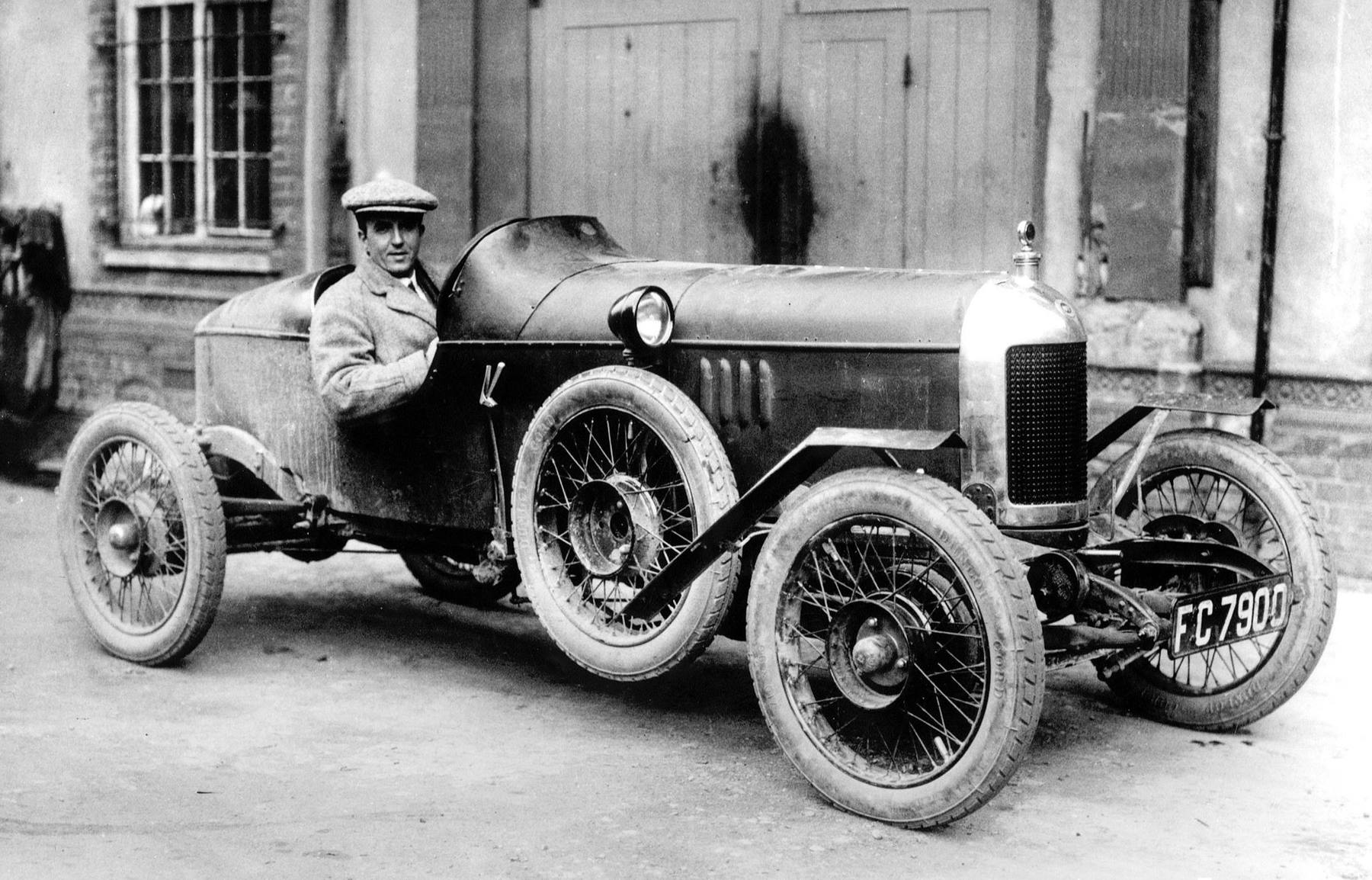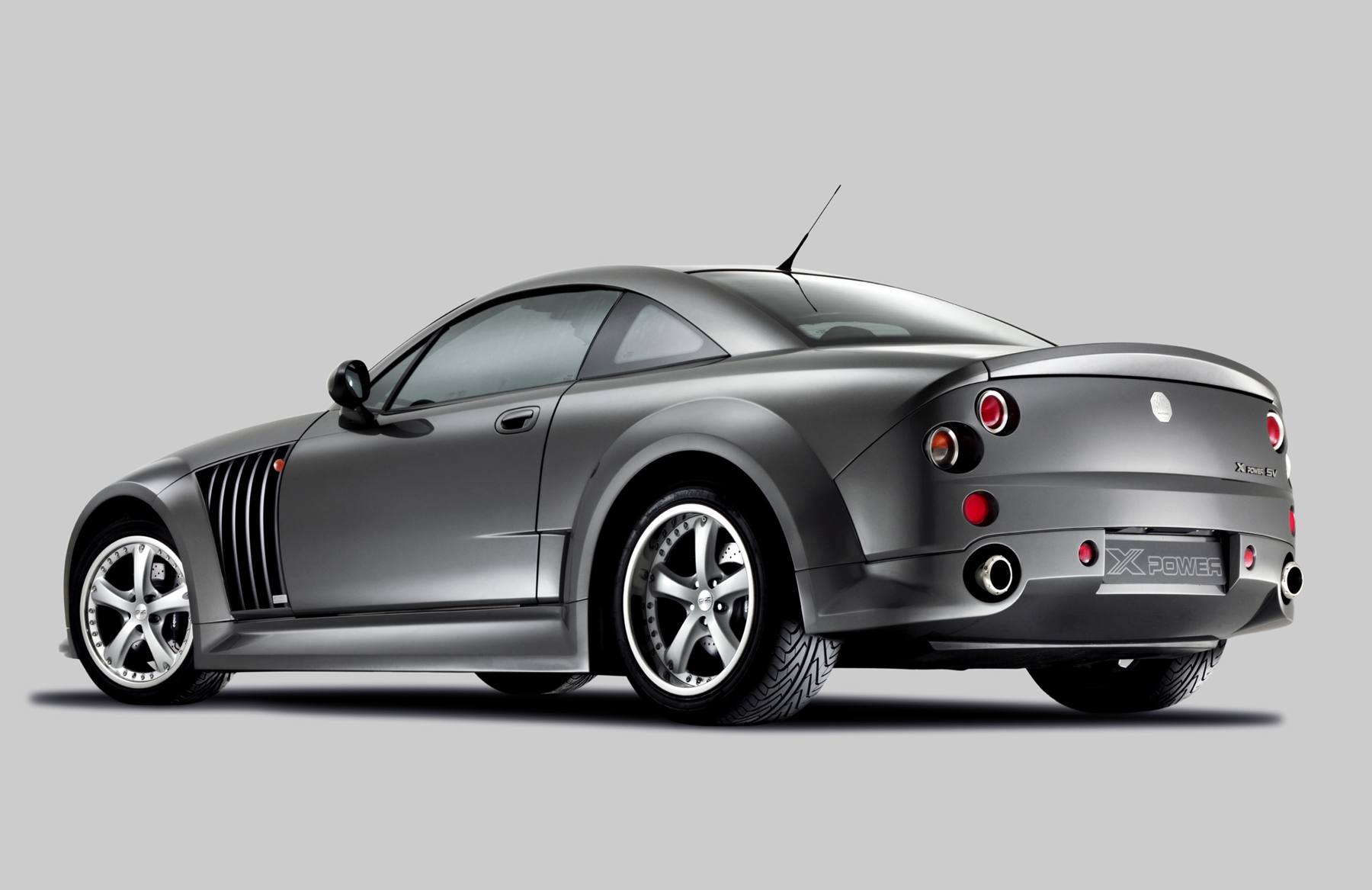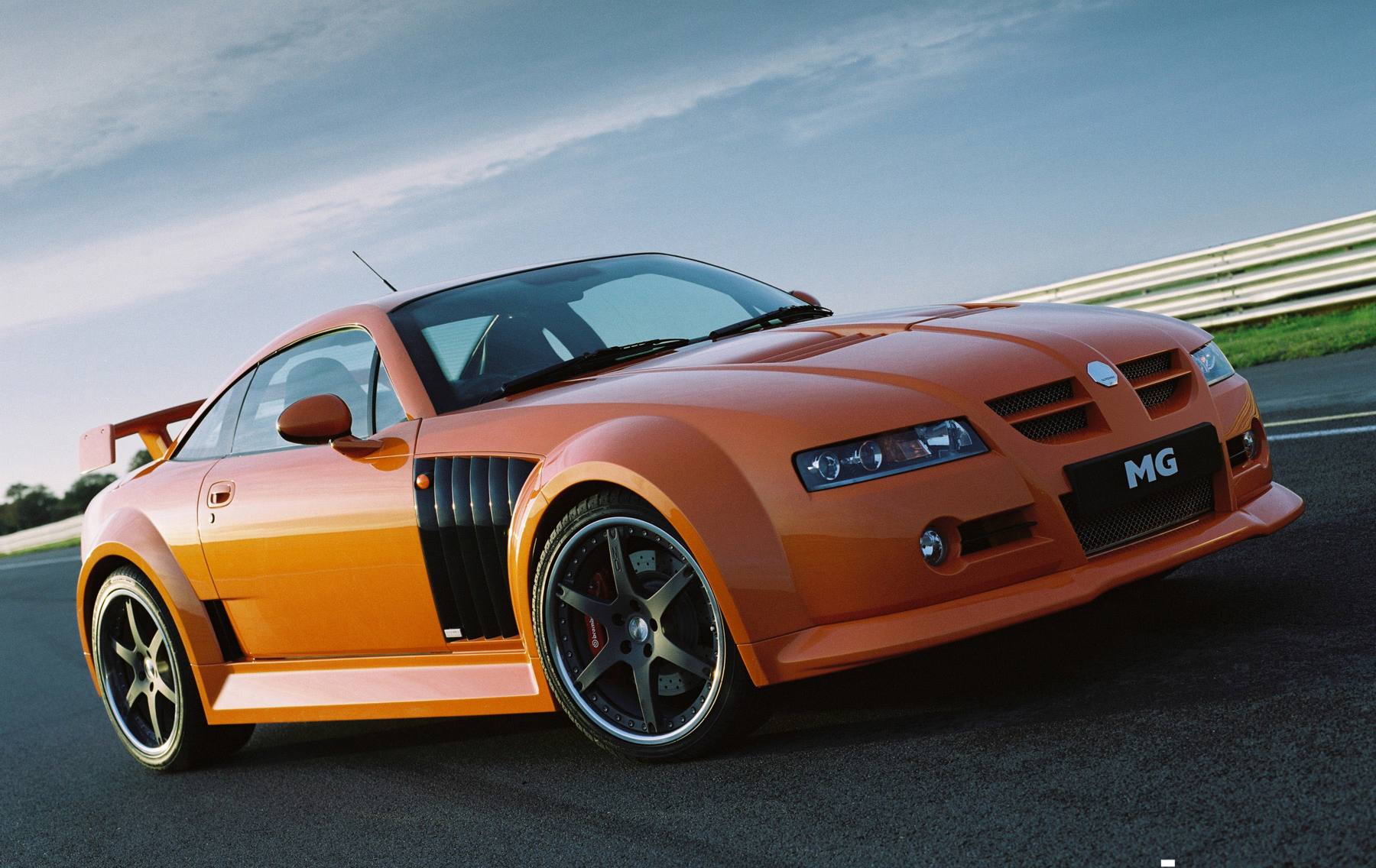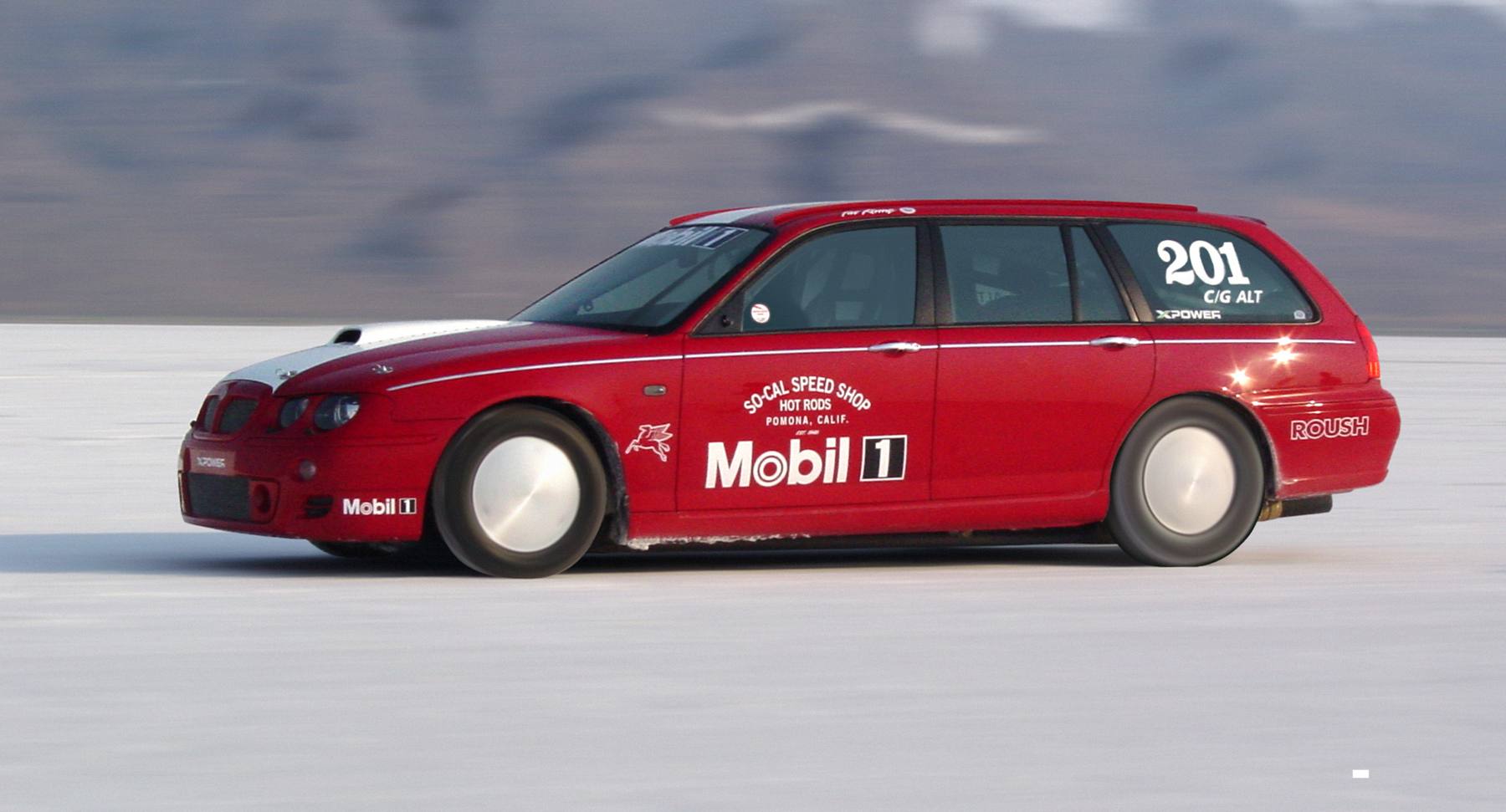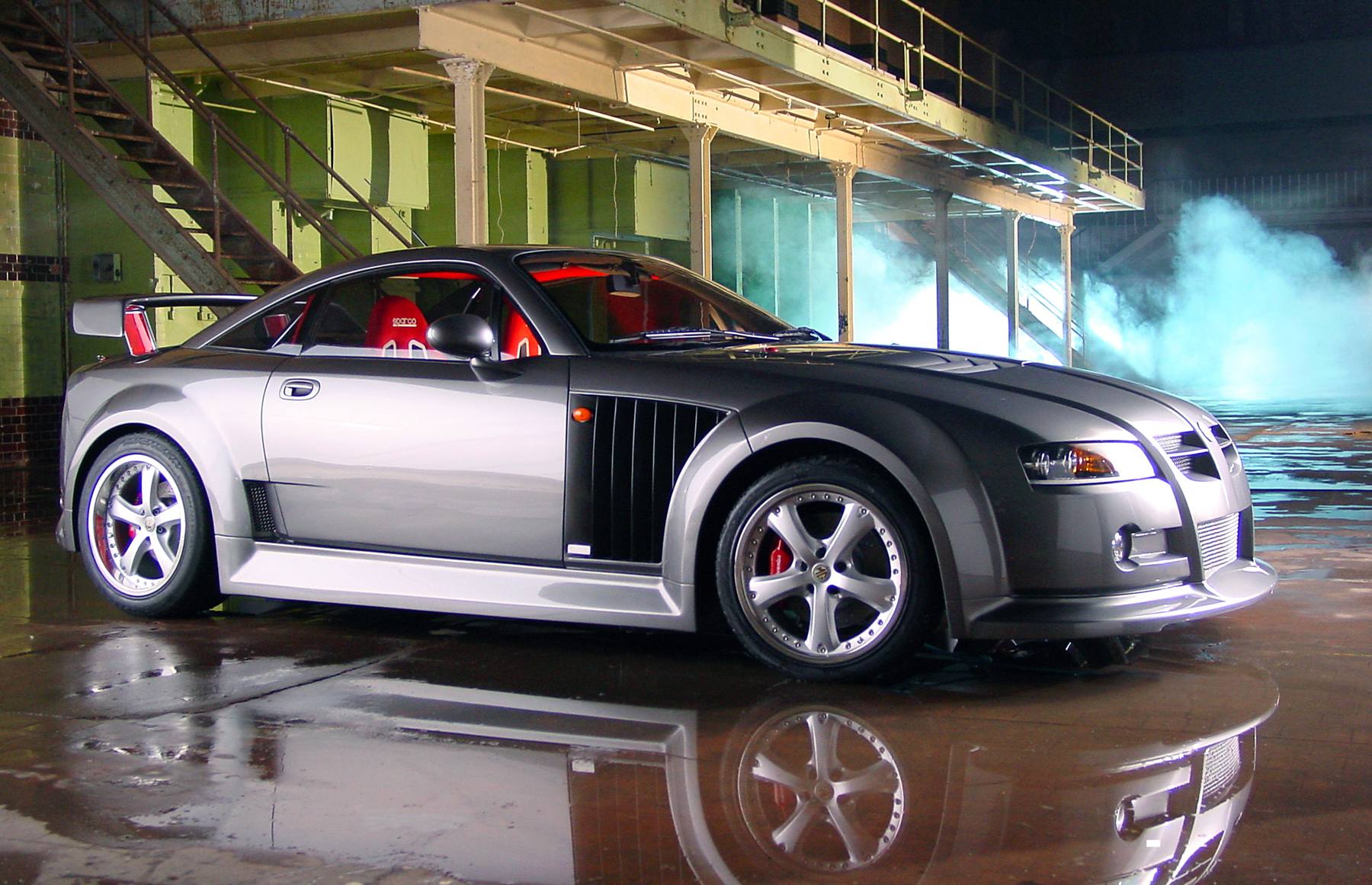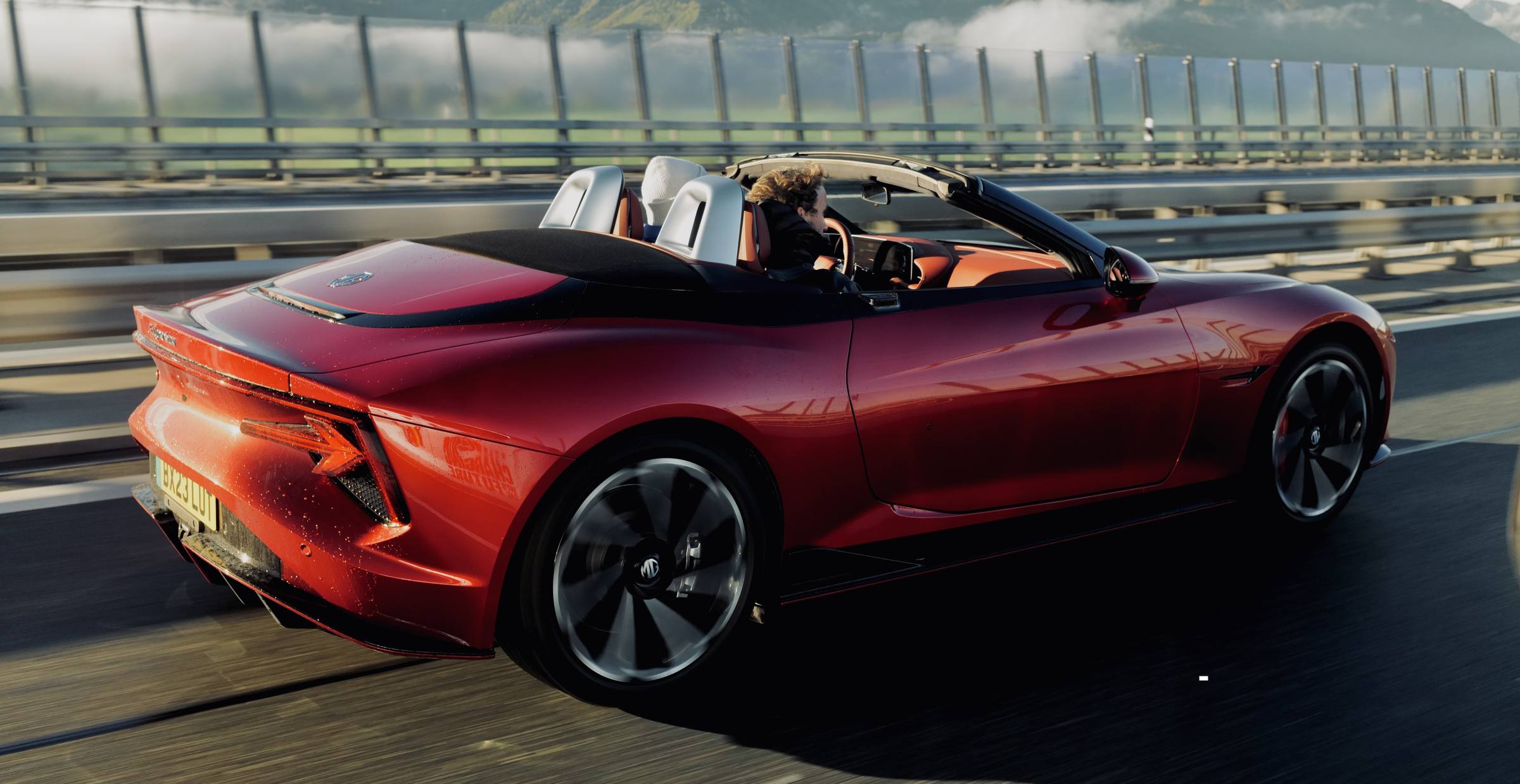From giant-killing motorsport performances to land speed record holders and electric sports cars, MG has lived a life over the last 100 years.
It’s generally acknowledged that the automotive industry started in 1886 with the Benz Patent-Motorwagen. Over the past 138 years, thousands of automotive brands have been started in hopes of capturing an audience. Equally, thousands have failed to garner a following and have dissolved into the annals of history. A small percentage of start-ups have thrived commercially, and fewer still have been embraced in such a way that they have a genuine following. A fan base, if you will. With that background in mind, automotive brands that achieve a following and longevity are the rarest of them all. Remember that both Ferrari and Porsche have only recently celebrated their 75th anniversaries, and Lamborghini its 60th. It’s with that perspective, then, that we introduce MG’s 100th anniversary year.
MG’s history is a rich tapestry, but equally, it boasts a technologically avant-garde present and the potential for a dazzling, electrically charged future. And Australia and New Zealand have had a love affair with MG since the very beginning. MGs were locally assembled in Sydney, first in Enfield and later in Zetland. For example, nearly 10,000 MGBs were produced up until the end of production in November 1972. In New Zealand, an MG TF gave a teenage Denny Hulme his introduction to motorsport, which he parlayed into the 1967 Formula 1 World Championship.
Ahead of the official 100th anniversary on May 1st of this year, we look back at the beginnings of MG and some of its major milestones in its early years. Every car enthusiast knows that MG stands for Morris Garages, which references William Morris’s dealership on Longwall Street, Oxford. Thirty-three-year-old Cecil Kimber joined Morris Garages in 1921 as sales manager and quickly rose to general manager the following year. Cecil saw the sporting potential of the Morris cars and began offering rebodied versions known as Kimber Specials. Rebodied by Carbodies of Coventry, the Kimber Specials gained a reputation for their sporty looks and character.
Kimber was often seen in a special nicknamed ‘Old Number One’. The MG Octagon was registered as a trademark on May 1st, 1924, but the logo had appeared in local Oxford newspapers as early as November 1923. MG’s first model sold under its own trademarked badge was the 1924 14/28 Super Sports. Cecil Kimber was an innovator – a spirit that lives on in today’s MG – and he quickly saw the benefit of motorsport as both a test bed for innovation and for its marketing potential. And Kimber spread MG’s motorsport efforts across numerous categories and countries. At a 1930 race at the famed banked track at Brooklands – considered MG’s first official motor race – the diminutive MG beat out the bigger, more powerful and more famous Bentleys. Buoyed by that success, MG stormed through the 1930s, winning events such as the Isle of Man TT and collected wins in Germany, Monaco, and Italy.
In 1933, an MG won the K3 class at the Mille Miglia. MG also found considerable success in setting land speed records, starting with a car named the Magic Midget that in 1932 achieved a top speed of 140km/h. Later that year, an experimental MG, EX 127, reached 225km/h on a German autobahn. Intrigued by this fast and slippery newcomer from England, Mercedes-Benz bought the EX 127 for its own evaluation purposes. MG’s need for speed only increased, and by 1935, EX 135 achieved an extraordinary top speed of 331.5km/h. Sir Stirling Moss joined the fun in 1957 when he piloted the mid-engined MG EX 181 to 395.31km/h on the salt flats at Bonneville.
The EX 181 was nicknamed the Roaring Raindrop due to its aerodynamic shape and supercharged 1489cc four-cylinder engine. The supercharger supplied an incredible 32psi for 216kW at 7000rpm. In 1959, the Roaring Raindrop returned to the salt with Phil Hill at the wheel and an extra 7kW thanks to a capacity increase to 1506cc.
Hill, who would win the Formula 1 World Drivers’ Championship in 1961, pushed the EX 181 to 410km/h. And now, as it was in its early years, MG is a brand full of promise and potential, thanks to the ownership and technical might of SAIC Motor Corporation.
For example, there’s a strong argument that the brand’s electric sports car, the Cyberster, is one of 2024’s most anticipated cars. Over the coming months, with the help of MG Australia, we’ll detail some of the personal and technical stories that have made MG what it is today, while also glimpsing into what the future might hold for such a proud, innovative and iconic nameplate.


